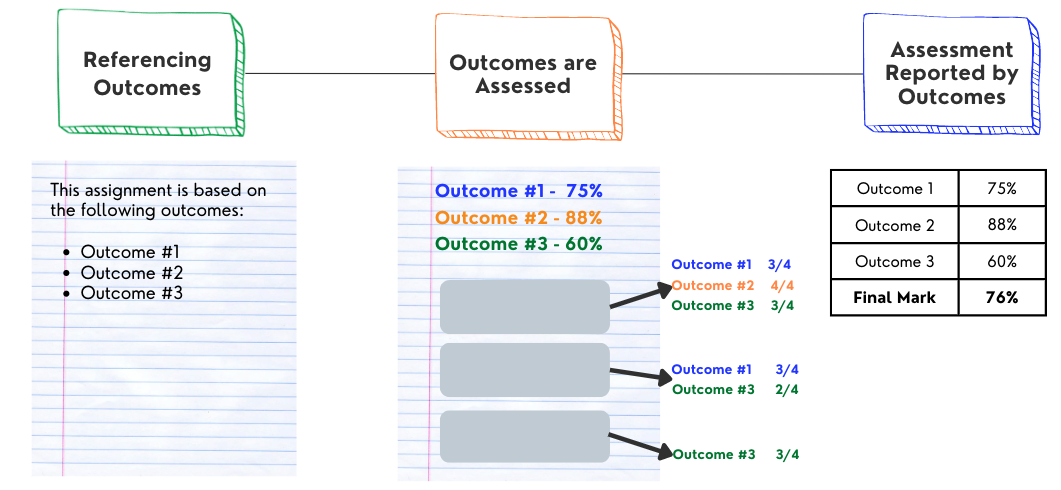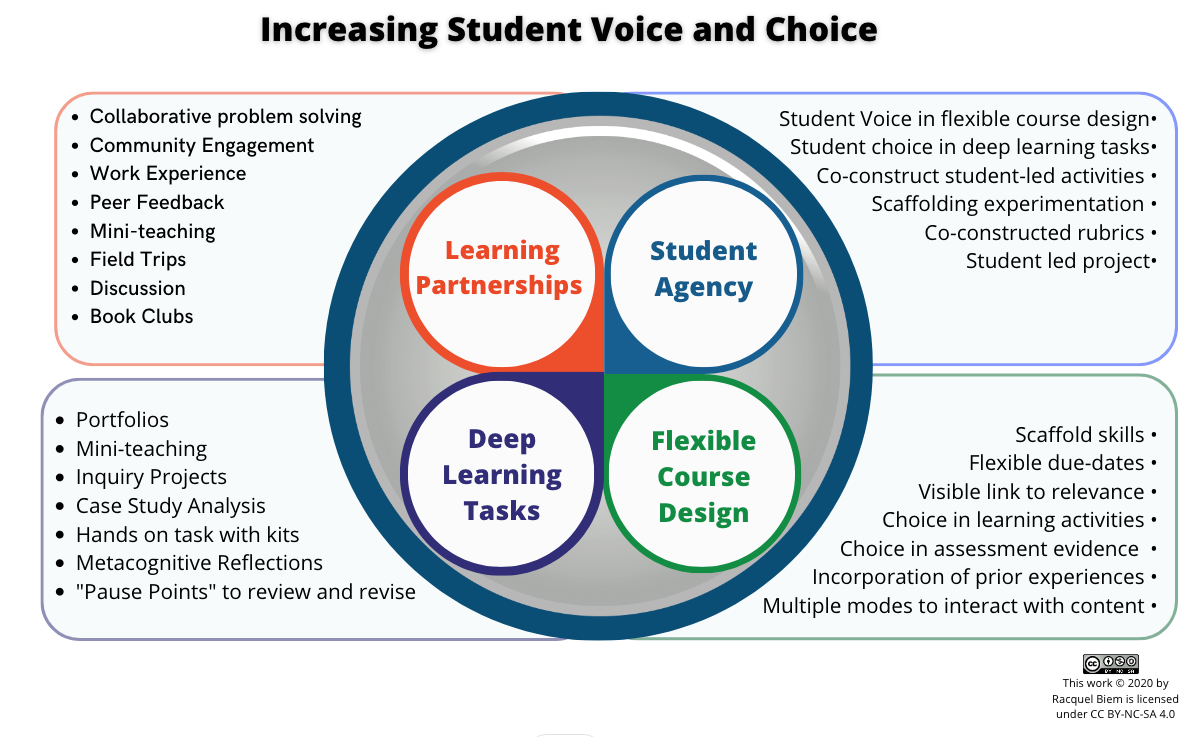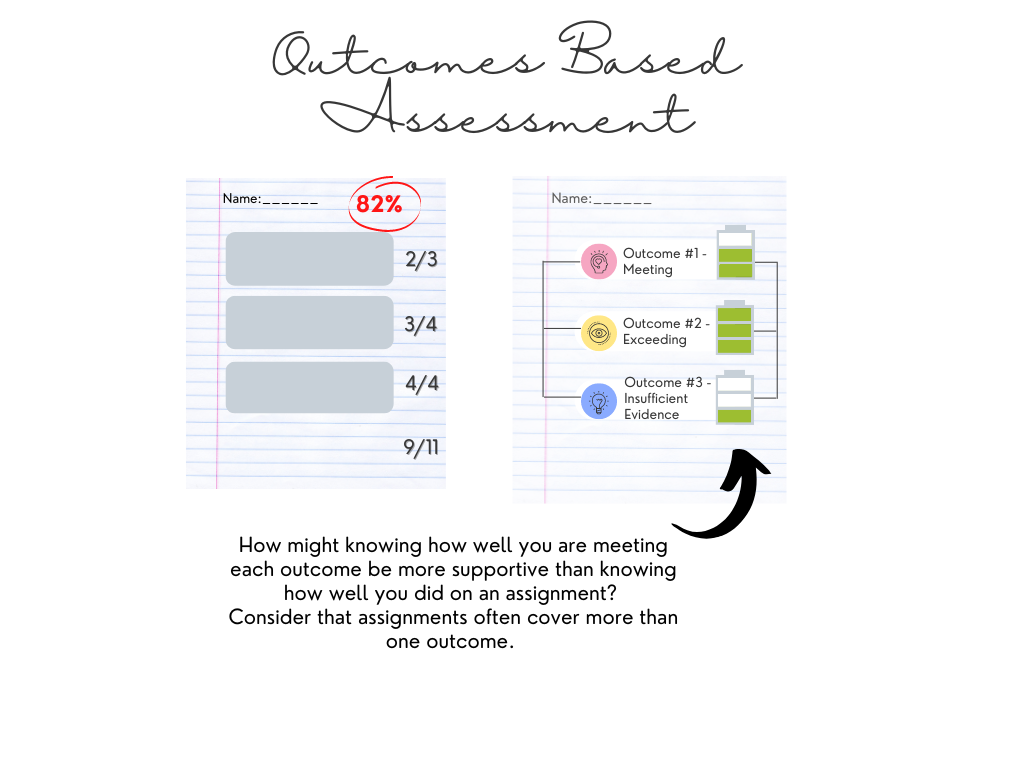High quality, respectful classroom dialogue

Summary: High-quality, respectful classroom dialogue can enhance student learning and understanding. How can you create an open, healthy, and inclusive learning environment?
Date: August 15, 2024
High quality, respectful classroom dialogue is essential in helping student learning. When students are engaged in actively thinking about their own learning and discussing it with others, they are more likely to understand deeply. If students are just listening to an expert talking without the interaction, they are less likely to remember the learning 6 months later. However, understanding more deeply and remembering more works best if the interaction in class is focused on the most important learning and it is safe and encouraged to share your ideas, even if they are not fully correct or are different. There are two key areas to pay attention to if your goal is improved learning through high quality, respectful conversation.
Open and healthy dialogue
The instructor is essential but not sufficient in creating open and healthy dialogue. Good dialogue occurs when diverse perspectives are welcome in the group and genuinely considered, and that requires all group members. However, you can make a big difference to how likely good dialogue is. Some key actions you can take are:
- Share diverse perspectives and debates in disciplinary theory to make it clear good scholarship requires considering different ideas deeply. When possible, make space for plurality, rather than just one or two ways of thinking or being. We live in Treaty 6 territory and the homeland of the Metis, therefore including Indigenous informed perspectives and content along with Western ones is an essential first step in welcoming diversity
- Describe what you mean by open and healthy dialogue before the first conversational opportunity starts. In subsequent opportunities, discuss anything that needs “a refresher” to be a bit better than the last time. Focus on ways of communicating that are problematic, rather than describing specific students or ideas that are a problem
- Have students work in smaller groups much more often than asking questions of the full class. More students will get to participate, and most will feel safer to say more about what they think if they are only speaking to a few people
- Overtly praise students who raise a potentially contentious activity delicately and effectively. Brave spaces are important
- Warn students in advance if the content about to be discussed will be difficult or triggering, so they can manage their own emotions and expectations more effectively
How to create a shared, positive space in your class
Students know what it is to be positive in your class by what you do. Your language, demeanor, and willingness to allow student to help shape the thinking and decision-making all help communicate what your classes will be about.
- Use language that includes rather than excludes potentially marginalized groups
- When dealing with a complex issue in class, ask yourself, “What story am I telling myself. What story might the other person be telling about themselves or about me?” Thinking it through helps with defusing, rather than escalating, potentially problematic moments
- Co-create, with students, a shared space for learning through co-constructing or brainstorming together and working often in small groups as a part of daily class interactions
- Raise errors as opportunities to learn. Praise students who ask for clarification or surface their thinking about how to do something, even if it is wrong. Don’t pretend their processes are correct if they are not, but do point out that it was great to ask, and it is a very common misconception.
- Don’t just share good examples. Share examples with common errors and ask small groups to find the problems and explain why
- Provide choice and voice anytime you can
- Learn more about engaging with students and peers in a respectful manner with some tips for managing interaction in class, and use those strategies regularly
- Ask students to set personal goals for the class, then allot time and marks to those goals
- Use strategies like cooperative learning strategies or power sharing approaches like a talking circle to give student the opportunity to share the gifts of their identities in relationship with one another. Seem to far from your disciplinary perspective? Consider these 4 easy cooperative learning structures that are good across STEM and humanities courses
Learn more:
Attend Gwenna Moss Center for Teaching and Learning sessions on leading effective discussions or take our short courses on respectful and meaningful conversations.
Artwork by DALL·E (2024)
This resource is shared by the Gwenna Moss Centre for Teaching and Learning (GMCTL), University of Saskatchewan, under a CC BY-NC-SA license.
Keywords:
#ClassroomDialogue
#OpenHealthyDialogue
#StudentEngagement
#InclusiveLearning
#DiversePerspectives
#InstructionalStrategies



One Comment
Pingback: